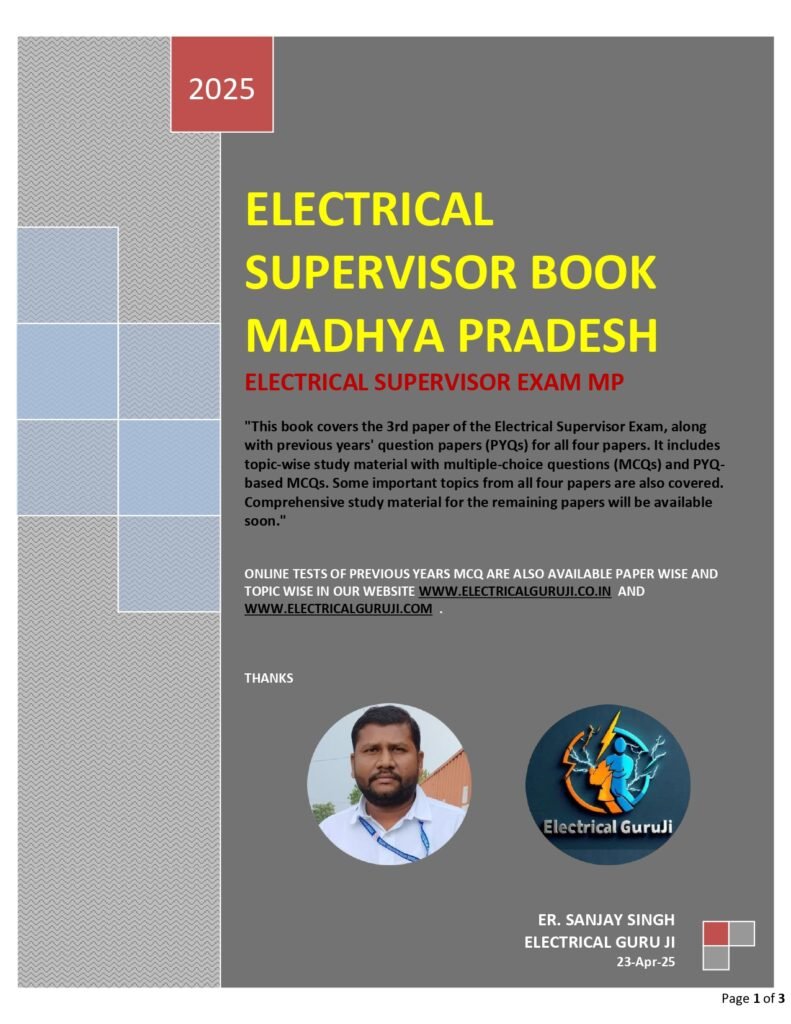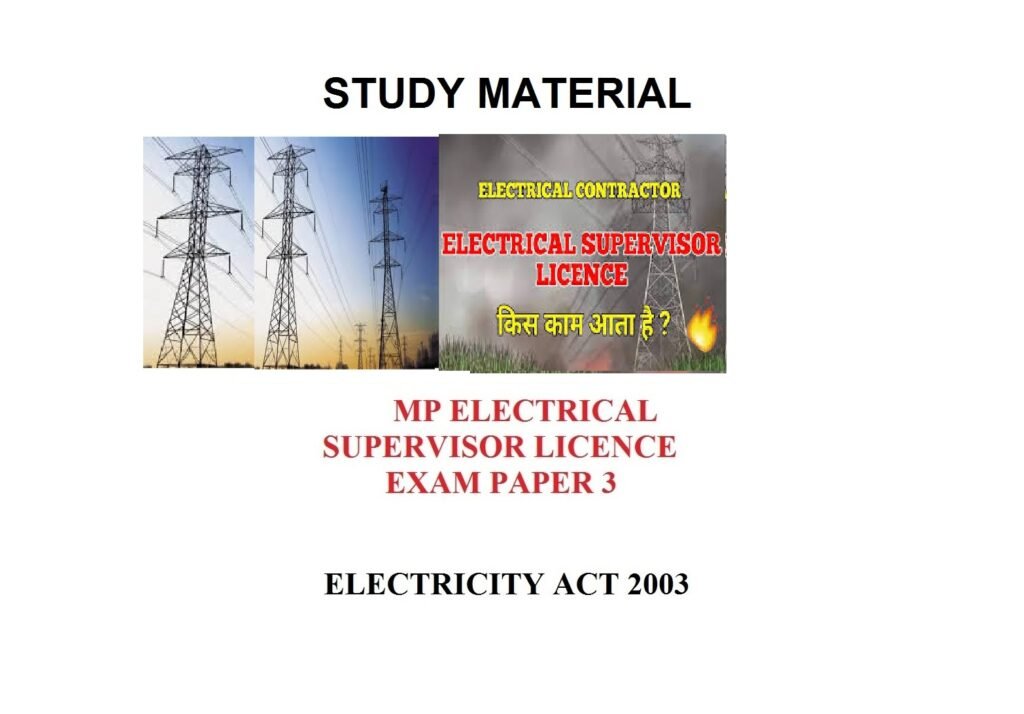Transformer Engineering Quiz
Transformer Noise & Harmonics
1. Transformer noise is mainly caused by:
2. Humming sound in a transformer is due to:
3. Harmonics in transformers are primarily caused by:
4. Triplen harmonics (3rd, 9th, 15th) in a 3-phase transformer:
5. To reduce harmonics, transformers use:
Equivalent Circuit & Auto-transformers
6. The equivalent circuit of a transformer includes:
7. The magnetizing branch in the equivalent circuit represents:
8. Auto-transformers are more efficient than conventional transformers because:
9. Auto-transformers are unsuitable for:
10. The main disadvantage of an auto-transformer is:
Phase Shifters & Testing
11. A phase-shifting transformer is used to:
12. Sumpner's test measures:
13. Polarity test in transformers ensures:
14. Inrush current occurs during transformer energization due to:
15. Inrush current can be reduced by:
Per-Unit Calculations & Maintenance
16. Per-unit system simplifies calculations by:
17. Dry-type transformers use:
18. Advantages of dry-type transformers include:
19. Smart transformers feature:
20. Dissolved Gas Analysis (DGA) detects:
DEMO BOOK ELECTRICAL SUPERVISOR MP 2025
All FOUR PAPERS ELECTRICAL SUPERVISOR STUDY MATERIAL
ELECTRICAL SUPERVISOR BOOK
MADHYA PRADESH
ELECTRICAL SUPERVISOR EXAM MP
“This book covers the All paper of the Electrical Supervisor Exam, along
with previous years’ question papers (PYQs) for all four papers. It includes
topic-wise study material with multiple-choice questions (MCQs) and PYQ based
MCQs.
ONLINE TESTS OF PREVIOUS YEARS MCQ ARE ALSO AVAILABLE PAPER WISE AND
TOPIC WISE IN OUR WEBSITE WWW.ELECTRICALGURUJI.CO.IN AND
WWW.ELECTRICALGURUJI.COM .
MP ELECTRICAL SUPERVISOR LICENCE EXAM





